Gerbera garden: classification of varieties, planting and care
Gerbera garden - a perennial ornamental plant from the Asteraceae family. Africa is considered the birthplace of the flower; some species can be found in tropical Asia. Along with roses and chrysanthemums, this "chamomile" is popular among the composers of bouquets, therefore it is mainly bred industrially in greenhouses and greenhouses for cutting. However, with some effort, any florist will be able to successfully master the cultivation, planting and care of a garden gerbera on a plot or in an apartment.
Content:
- Classification of varieties for cultivation
- Gerbera seed propagation
- Gerbera propagation by dividing the bush
- Gerbera propagation by cuttings
- Landing: timing and rules
- Care Tips
- Diseases and pests
Classification of varieties for cultivation
Breeders have bred more than a thousand varieties of gerbera, differing in color, shape and size of the inflorescence - baskets. Flowers can be any color other than blue.
Most varieties are derived from two types - green-leaved gerbera and Gerbera Jameson.
In industrial floriculture, several groups of gerberas are distinguished:
- small-flowered - with fine-petal flowers and an inflorescence diameter up to 10 cm
- large-flowered narrow-petaled (American type) - with ligulate flowers 3-4.5 mm wide and 50 mm long
- large-flowered broad-petaled - with ligulate flowers 7-12 mm wide and 40-50 mm long
- terry - the petals towards the center become shorter and fill the entire inflorescence
- semi-double - central ligulate flowers in the inflorescence are shorter and form a separate corolla
Dwarf varieties, no higher than 25 cm, are suitable for growing gerberas at home. These are varieties such as Happipot, Hummingbird, Parade and Durora mix.
Gerbera seed propagation
At home, gerbera can be propagated in several ways:
- seeds
- dividing the bush
- cuttings
Collecting seeds on your own will require some skill from the gardener. The fact is that the plant requires artificial pollination. First, the finished pollen is collected in glass containers and stored in a dry room. Then, after a couple of months, in sunny warm weather, the pollen of one plant is transferred with a brush to the flowers of another plant of the same color. It is important not to miss the moment: the flower is ready for pollination within 2 days from the moment the pistil opens.
Seed ripening period is 3-5 weeks. After harvesting, they remain viable for up to 2 years at a storage temperature of 18 C, at room temperature - about 3 months. Gerberas grown from seeds do not always retain the characteristics of the parent variety.
Therefore, for gerbera seed propagation, it is better to use purchased seeds from reliable manufacturers.
Sowing time depends on when you plan to get a flowering plant. The time from germination to flowering is 7-10 months. So, to get flowering in the same year, sowing is carried out in November-December, followed by artificial supplementary lighting of the seedlings. For indoor cultivation, sowing is carried out in March.
The seeds are sown in small depressions and are not embedded in the soil, but only sprinkled on top.The container is covered with foil or glass, the temperature is maintained at about 24 C, regularly ventilated and the soil is always slightly damp. Seedlings appear, as a rule, in 10-15 days. When three true leaves appear on the seedlings, they are seated in separate pots.
Gerbera propagation by dividing the bush
With vegetative propagation of gerberas by dividing the bush or cuttings, the new plant completely retains the characteristics of the parent variety. Division is used only for propagation of well-bushy varieties (mainly narrow-petal forms).
It is best to divide the plant from June to September. There are several ways to carry out this procedure:
- To get 5-6 new seedlings, the bush is completely dug out, the roots are washed from the ground and shortened to 15 cm. To prevent decay, the root system is kept in a disinfectant solution (for example, potassium permanganate). With a sharp knife, the mother bush is divided into parts so that each new seedling has a shoot and roots. Places of cuts are sprinkled with charcoal. The new plants that have appeared in this way are planted in the ground under a film, watered and protected from direct sunlight. Rooting takes place within a month.
- A less traumatic way of dividing is without digging a bush out of the ground. The rhizome of the plant is dug up and a part is separated with a sharp knife. The resulting seedlings are covered with earth back and wait for new roots to form on them. After about 2 weeks, the plants are removed from the ground and planted.
Gerbera propagation by cuttings
For cuttings take an adult plant at least 1 year old. The gerbera is dug up, the leaves and the top are cut off, the roots are cleaned from the ground and shortened to 15 cm.The bush prepared in this way is kept in a disinfectant solution for several minutes and planted in a container with a loose substrate (peat with perlite) so that the plant is 3-4 cm was above the substrate.
A pot with a gerbera is placed under a film and creates comfortable conditions: temperature 22-24 C in summer (18-20 C in winter), humidity 70-80%, regular ventilation. After one or two weeks, new shoots begin to grow from the dormant buds - these are future cuttings. Shoots are cut with a piece of rhizome and two leaves.
The best time for gerbera propagation by cuttings is spring (March-April).
Cuttings are planted in containers with a loose substrate, create greenhouse conditions with regular ventilation. After 2 weeks, the first roots appear. After 25-30 days, the temperature can be reduced to 18 ° C. After a few more days, the seedlings are ready for planting in the garden at a permanent place.
Landing: timing and rules
In the conditions of our country, gerbera is a plant for greenhouses and greenhouses. It is possible to grow it in open ground only in the very south (Abkhazia, the Black Sea coast). In other regions, it is possible to land in open ground in the summer after the threat of frost has passed. For central Russia - in the first decade of June.
Gerbera prefers light soils.
In order for the soil to be more breathable and light, peat, pine bark, sand, coconut fiber should be added to the planting pit. The optimum acidity of the soil is 5.5-6.2.
When planting gerberas, make sure that the rosette of leaves rises 0.5-1 cm above ground level to prevent decay and the development of diseases.
The place for landing is chosen sunny, but without direct rays. Gerbera does not tolerate heat. At an air temperature above 30 C, development slows down, the likelihood of the appearance of a spider mite increases. Duration of flowering is 3-4 months. In a greenhouse, year-round flowering is possible.
Care Tips
Gerbera care consists in timely watering, ensuring the right temperature and lighting:
- Water the flower only with warm water (not lower than 18 C), abundantly in summer, moderate in winter. In this case, you need to ensure that water does not fall into the leaf outlet inside the bush.
- The optimum air temperature for keeping gerbera is 22-25 ° C with good lighting, in cloudy weather - 18-20 ° C.
- When growing gerberas, you need to remember that this is a tropical plant, which means that it does not tolerate low temperatures. In winter, with a lack of lighting, the flower needs to create an artificial rest period: air temperature 10-12 C, soil 11-12 C.
- When growing a culture in a garden for the winter, the plant is dug up and transferred to a cool windowsill or glazed loggia. With additional artificial lighting, gerbera can be kept at a temperature of 16-18 C. Gerbera does not tolerate sudden changes in temperature and cooling of the soil.
- During the period of growth and flowering, the gerbera is regularly fed 2-3 times a month; in the winter, during the dormant period, feeding is stopped.
Diseases and pests
The plant is susceptible to fungal diseases: fusarium, gray and white rot, late blight, etc. They occur if the gerbera is planted too deep, as well as with high soil and air humidity, low temperatures, irrigation with cold water, thickened plantings and excess nitrogen fertilizers. The fight against diseases is carried out with the help fungicides (use according to instructions).
To prevent the appearance of diseases and pests, old and dried leaves should be removed regularly.
Gerbera pests affect thrips, spider mites, scale insects, aphid, slugs. To combat thrips, 2-3 times spraying is used with an interval of 7-10 days with Aktellik. Fitoverm is used against spider mites.
Thus, subject to proper agricultural technology, temperature and light conditions gerbera will delight you both in the garden and at home.
More information can be found in the video:



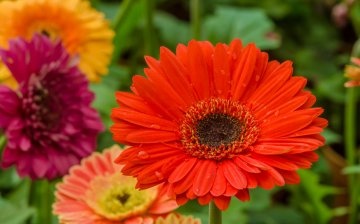
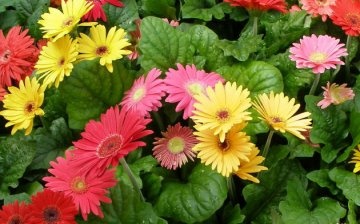

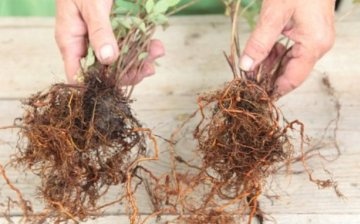
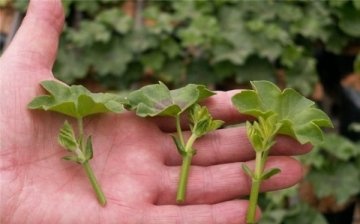
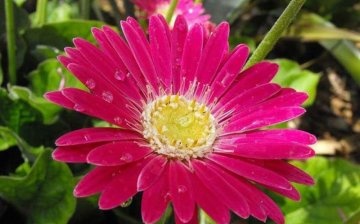
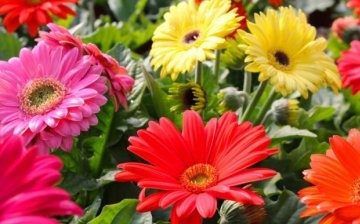
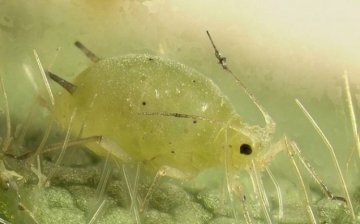









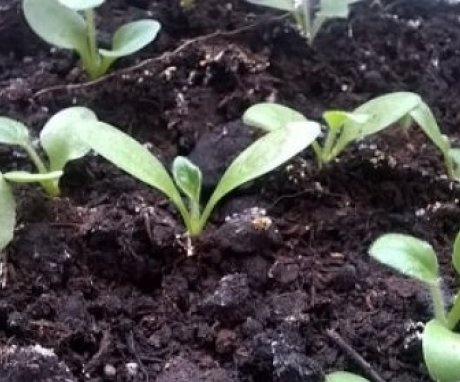
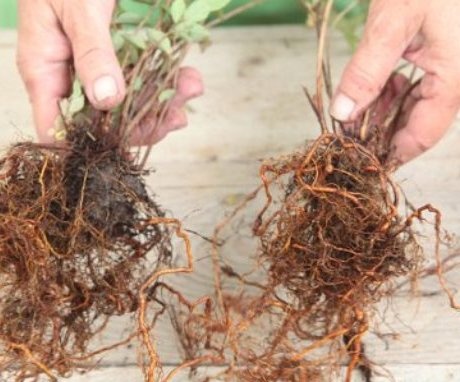
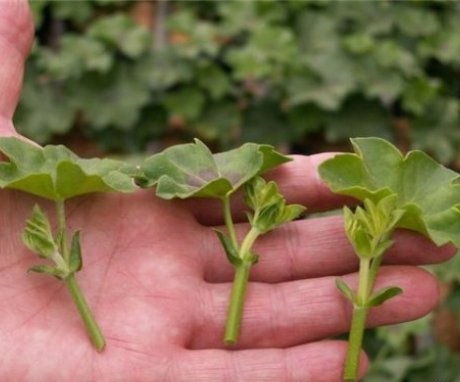
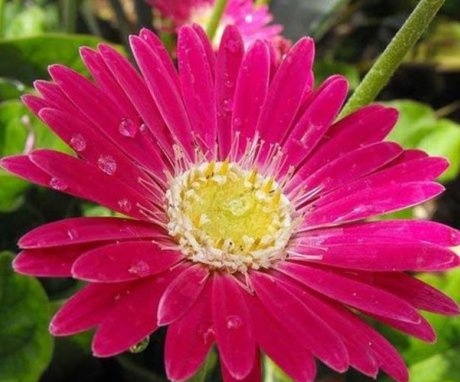


Gerberas are very bright and beautiful flowers. They are so diverse in their appearance and color that it seems as if they are several different plants. Interesting ways of breeding this flower are the division of the bush, cuttings and seeds.